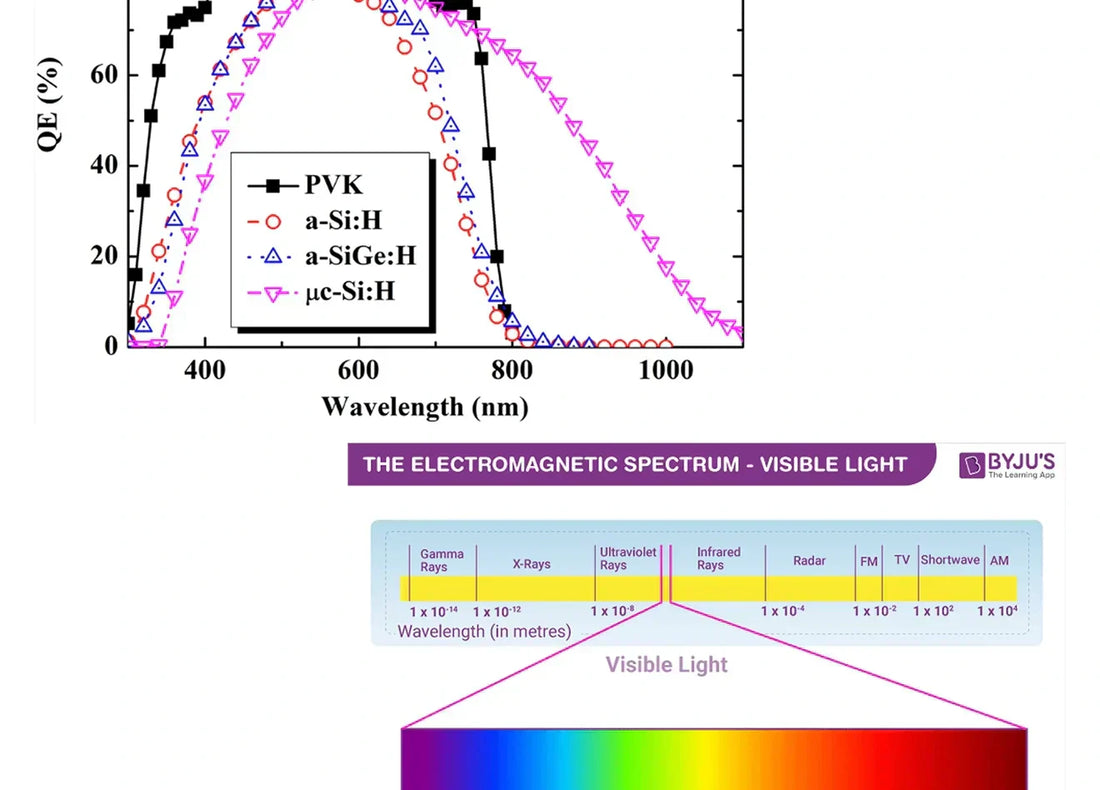
Py3: The Molecule Taking Inverted Perovskite Solar Cells to the Next Level
Share
Abstract
Researchers have introduced Py3, a novel self-assembled interlayer molecule, which enhances performance and stability in inverted perovskite solar cells. Unlike standard interface materials such as 2PACz, Py3’s all-carbon design facilitates smoother charge transfer and longer operation. Using Py3, inverted architectures have achieved certified efficiencies up to 25.3%1, while tandem configurations have reached 27.35%, suggesting strong potential for scalable, durable, high-performance solar modules.
Introduction: Elevating the Interface
The interface between the hole transport layer (HTL) and the perovskite absorber critically influences device efficiency and lifetime. Poor interfaces lead to non-radiative recombination, poor band alignment, and ion migration.2 Molecular interface engineering has therefore become a cornerstone of next-generation device design.3
Py3 is an example of this new design paradigm. Featuring a pyrene core and multiple phosphonic acid anchor groups, Py3 forms a self-assembled monolayer that improves charge extraction, minimizes defects, and enhances environmental stability compared to molecules such as 2PACz.1,2
Inverted Perovskite Architecture & Its Advantages
Inverted perovskite solar cells (p-i-n architecture) place the HTL first, followed by the perovskite absorber and then the electron transport layer. This structure offers numerous benefits:
- Reduced hysteresis and degradation relative to n-i0p devices2
- Compatibility with flexible and tandem applications3
- Easier low-temperature processing for scalable manufacturing2,4
Because Py3 functions as an efficient hole-selective interface without the need for dopants, it integrates seamlessly into this architecture.
What Makes Py3 Unique?
- All-carbon backbone: Minimizes ion migration and improves long-term stability.4
- Multiple anchoring groups: Phosphonic acid moieties ensure strong adhesion and robust interface formation.1
- Clean, passivated interface: Reduces trap states and recombination losses.3
- Enhanced charge transport: Facilitates efficient hole extraction, improving open-circuit voltage and fill factor.2
These structural and electronic advantages help mitigate degradation under moisture, heat, and illumination stresses - major challenges for perovskite devices.2,3
Py3 vs 2PACz: Performance & Durability
When compared directly, Py3 demonstrates significant advantages over 2PACz:
- Higher certified efficiency (up to 25.3%)1
- Enhanced operational stability under light, heat, and humidity2
- Lower interface recombination and better charge transfer dynamics3
- Improved long-term retention with minimal degradation over >2,500 h of testing4
Such improvements are essential for perovskite devices approaching commercial deployment.
Efficiency & Stability Metrics
- 93.5% efficiency retention after 1,200 h of combined heat and light stress1
- 2,500+ h ambient testing with negligible degradation1,2
- Thermal stability maintained up to 85 °C, surpassing common degradation thresholds3
- 27.35% tandem efficiency in all-perovskite monolithic cells1
These results demonstrate that Py3 enables devices that not only deliver record-level performance but also meet durability standards critical for industrial applications.4
Scalability and Manufacturing
Py3 offers additional advantages for commercialization:
- Solution-processable deposition without the need for vacuum-based fabrication1
- Cost-effective synthesis from readily available organic building blocks2
- Uniform film quality, reducing defect density across large areas3
- Reduced encapsulation needs due to improved environmental resilience4
Together, these features position Py3 as a practical choice for next-generation solar modules.
Real-World Outlook
Py3 bridges the gap between laboratory-scale innovation and industrial-scale deployment. Its robust interface engineering, stability, and compatibility with scalable processes make it a strong candidate for:
- Long-lived single-junction devices2
- High-efficiency tandem architectures1,3
- Lightweight, flexible, or building-integrated photovoltaic (BIPV) applications4
As perovskite photovoltaics near commercialization, Py3 stands out as a molecular design that meets both performance and manufacturing requirements.
FAQs About Inverted Perovskite Solar Cells and Py3
What are inverted perovskite solar cells?
Inverted perovskite solar cells (p–i–n structure) use a reversed layer order compared to conventional devices, improving charge extraction and stability. This design allows simpler processing and compatibility with flexible substrates, making them attractive for scalable production.
How does Py3 improve inverted perovskite solar cells?
Py3, an innovative organic molecule used as a hole transport layer, improves interface quality, reduces defects, and boosts charge mobility. Compared to conventional molecules like 2PACz, Py3 leads to higher efficiency and improved operational stability.
Why is stability important in perovskite solar cells?
Stability determines the device’s lifespan and performance reliability under environmental stresses like heat, moisture, and light exposure. Py3-based inverted perovskite solar cells demonstrate exceptional stability under harsh conditions, making them suitable for real-world applications.
Can Py3 be easily integrated into current manufacturing processes?
Yes, Py3’s solution-processability and compatibility with low-temperature fabrication allow for seamless integration into existing industrial-scale manufacturing, supporting cost-effective mass production.
What potential does Py3 have for commercial solar energy?
Py3 offers a scalable, efficient, and stable solution for inverted perovskite solar cells, addressing key challenges like durability and cost. Its adoption could accelerate the commercial deployment of perovskite photovoltaics in renewable energy markets.
References
-
Inverted perovskite solar cell achieves 25.3% efficiency via interface engineering. PV Magazine. (2023, November 1). Retrieved from https://www.pv-magazine.com/2023/11/01/inverted-perovskite-solar-cell-achieves-25-3-efficiency-via-interface-engineering/
-
Cao, F., Bian, L., & Li, L. (2024). Perovskite solar cells with high-efficiency exceeding 25%: A review. Energy Materials & Devices, 2(1), 9370018. https://doi.org/10.26599/EMD.2024.9370018
-
Improving the efficiency and stability of perovskite solar cells using π-conjugated aromatic additives with differing hydrophobicities. Energy & Environmental Science (2023). https://doi.org/10.1039/D3EE00247K
-
Efficient, stable and scalable perovskite solar cells using poly(3-hexylthiophene) (P3HT). Nature / Advanced Materials collection. PMID: 30918371. DOI: 10.1038/s41586-019-1036-3
